Visit The Majestic Teli Ka Mandir In Madhya Pradesh In 2026
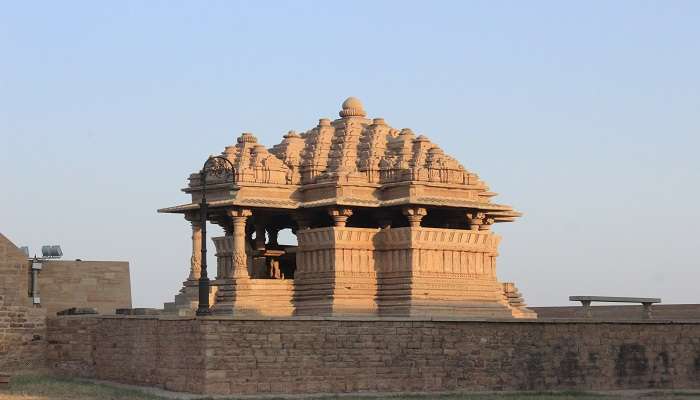
Teli ka Mandir, an architectural marvel nestled in the heart of Gwalior, Madhya Pradesh, stands as a testament to India’s rich cultural heritage. This 8th-century Hindu temple, dedicated to Lord Shiva, Lord Vishnu, and Surya, captivates visitors with its unique blend of North and South Indian architectural styles. Rising 100 feet tall, the temple’s imposing structure is adorned with intricate carvings and sculptures narrating Hindu mythology tales. Despite its name, which translates to “Oilman’s Temple,” the true origin of this moniker remains shrouded in mystery.
About Teli Ka Mandir
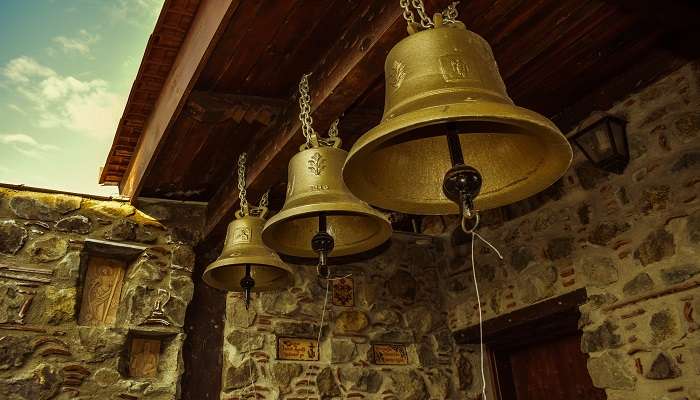
Teli ka Mandir, or Telika Temple, is a special Hindu temple inside Gwalior Fort in Madhya Pradesh. It’s dedicated to Shiva, Vishnu, and the Matrikas (mother goddesses). Built around the 8th or 9th century CE, it’s different from other Hindu temples because it is rectangular instead of square.
The temple combines the Nagara and Valabhi prasada styles, showing a unique Gurjara Pratihara-Gopagiri architecture from North India. Its design is famous for its musical harmony principle, making it stand out. Visitors can explore its ancient religious and artistic history, making it a must-see for history and architecture fans.
Must Read: Jhoteshwar Mandir
History Of Teli Ka Mandir
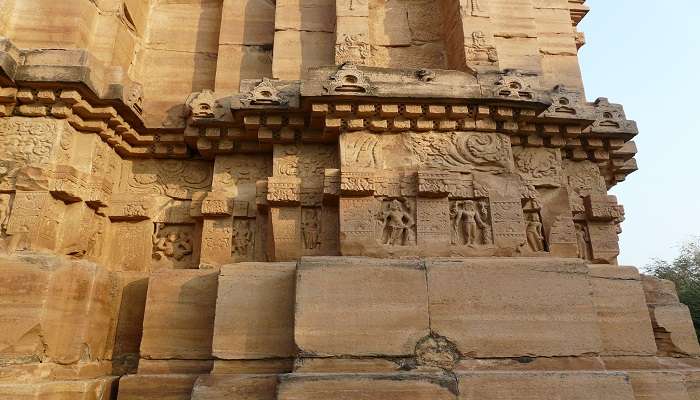
Teli ka Mandir is a famous Hindu temple in Gwalior, India. It was built a long time ago, around the 8th or 9th century. Many experts believe this because of the style of the temple, writings found there, and other historical clues. The temple was built when Mihira Bhoja, a Gurjara-Pratihara ruler, was in power. The temple is influenced by three Hindu traditions: Shaivism, Vaishnavism, and Shaktism. You can see this in the statues and writings in the temple.
The temple lay in ruins by the 19th century when Major Keith of the Royal Scots Regiment initiated restoration efforts between 1881 and 1883. This restoration not only repaired the physical structure but also added a sculpture garden nearby, revitalising the temple complex. The temple called “Teli ka Mandir” is named after oil merchants, but we’re not sure who built it because historical writings don’t say. People in the area think it might have been built by oil merchants, which makes it different from temples usually built by kings or priests.
Architecture Of Teli Ka Mandir

Teli ka Mandir showcases a distinctive architectural style, characterised by its rectangular triratha sanctum atop a jagati platform measuring 60 feet square. Located in the east, the “Teli ka Mandir” has a big entrance porch that stretches about 11 feet, making it look impressive. The temple is very tall, standing 80 feet high above the main shrine, with a roof that spans 30 feet and is shaped like those seen in South Indian temples. Originally, it was decorated with things like amalaka and kalasha, but these decorations have been lost over time.
The temple walls used to have statues in many small spaces, topped with tall decorations, but now they are empty and damaged. The main shrine inside is 60 by 40 feet, with a tall tower above it. The main entrance is very grand, standing 35 feet high and covered in detailed carvings, including a picture of Garuda, who is Vishnu’s companion. Inside is another door with a carving of Ganesha, and the shrine has a Nandi statue and a lingam. The temple doesn’t have a covered hall for gatherings, but it does have a path that goes all the way around it, with entrances on all four sides, so people can come in from any direction they want. Approaching the temple, visitors ascend stairs flanked by sculptures depicting river goddesses Ganga and Yamuna, accompanied by symbolic figures. The banded doorway displays amorous couples and dvarapalas, symbolic guardians in Shaiva and Shakta theology.
Suggested Read: Laxmi Temple Orchha
Timings And Entrance Fees
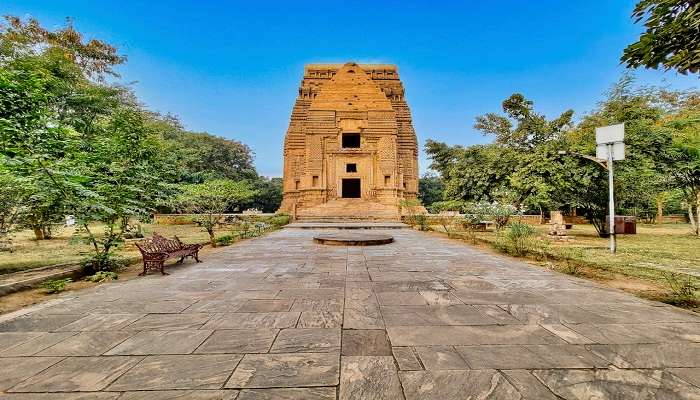
Teli ka Mandir, located in Gwalior, is open to visitors daily from 8:00 AM to 6:00 PM. Entry fees range from INR 10 to INR 20 per person, making it accessible to all who wish to explore this historical Hindu temple known for its unique architecture and cultural significance.
Best Time To Visit
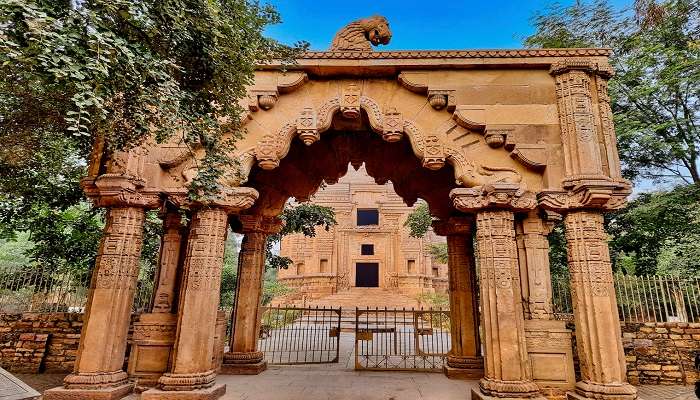
The best time to visit the Teli ka Mandir, located in Gwalior, India, is during the winter months of October to March. This period offers the most comfortable weather for exploring the monument and its surroundings. Temperatures during these months are moderate and pleasant, ranging from around 10°C to 25°C (50°F to 77°F), making it ideal for sightseeing without the discomfort of extreme heat or humidity.
The winter season also coincides with several cultural festivals and events in Gwalior, adding to the vibrant atmosphere around the Teli ka Mandir. Moreover, visiting during these months allows travellers to enjoy the architectural beauty of the temple complex in a serene and enjoyable environment, away from the scorching summer heat or the monsoon rains, which can occasionally disrupt outdoor activities.
Suggested Read: Ramghat In Madhya Pradesh
How To Reach The Teli Ka Mandir

Reaching the Teli ka Mandir, located within the Gwalior Fort complex, is convenient due to its accessibility by various modes of transportation:
By Air
The nearest airport to Teli ka Mandir is the Gwalior Airport (Rajmata Vijaya Raje Scindia Air Terminal), which is approximately 8 km away. From the airport, visitors can hire taxis or use app-based cab services to reach the temple. The journey usually takes 20-30 minutes, depending on traffic conditions.
By Train
Gwalior Junction Railway Station is the main railway station in Gwalior, also located about 8 Km from Teli ka Mandir. It is well-connected with major cities across India through regular trains. Taxis, auto-rickshaws, and cycle rickshaws from the railway station are readily available to transport visitors to the fort complex. The travel time from the railway station to Teli ka Mandir is typically around 20 minutes.
By Road
Gwalior is well-connected by road with neighbouring towns and cities. National Highways (NH 44 and NH 3) pass through or near Gwalior, making it easily accessible by car or intercity buses. Private and state-run buses operate from nearby cities like Agra, Delhi, Jaipur, and Indore to Gwalior. From the bus terminal in Gwalior, visitors can take local transport to the Gwalior Fort complex, where Teli ka Mandir is located.
Further Read: Bhojeshwar Temple
The Teli ka Mandir is an important old temple in Gwalior, Madhya Pradesh. It’s special because of how it looks and how it was built. The temple is exceptionally tall and has delightful carvings. Individuals who love history and those searching for an otherworldly spot truly appreciate visiting it. When you go there, you can find out about the past and have a peaceful spot to think. Don’t miss the opportunity to immerse yourself in this land of architectural marvels and spiritual significance. Book your trip to Madhya Pradesh today and embark on a journey through time, culture, and inspiration.
For our editorial codes of conduct and copyright disclaimer, please click here.
Cover Image Credit: Suyash Dwivedi for Wikimedia Commons
Frequently Asked Questions About Teli Ka Mandir
What is the architectural style of Teli ka Mandir?
Teli ka Mandir is famous for its unique blend of architectural styles. The main structure is in the Nagara style, typical of North India, with intricate carvings. However, the roof follows the Dravidian style, which is more common in South India. This creates a fascinating fusion of design elements.
Why is it called Teli Ka Mandir?
The word 'Teli' comes from 'Tel', which means oil. There are a couple of theories - either the temple was patronised by oil merchants (the Telang community), or it was used for processing oil before becoming a place of worship.
Who is Teli ka Mandir dedicated to?
There's some debate about the main deity. While the name suggests a Shiva temple ('Telika' can also mean belonging to Shiva), the primary focus seems to be Lord Vishnu. The most prominent feature is a large image of Garuda, Vishnu's mount, encircling the doorway.
What should I wear?
As with most religious sites in India, it's best to dress modestly. For men, full-length pants and a shirt with sleeves are recommended. Women should cover their shoulders and knees.
What is the significance of Teli ka Mandir?
Beyond its architectural beauty, Teli ka Mandir is significant for its historical value. It's one of the oldest and tallest structures within the Gwalior Fort, offering a glimpse into the artistic and religious practices of the region over a thousand years ago.
People Also Read:
Kurinji Andavar Temple Preah Vihar Temple Maa Lahar Ki Devi Temple
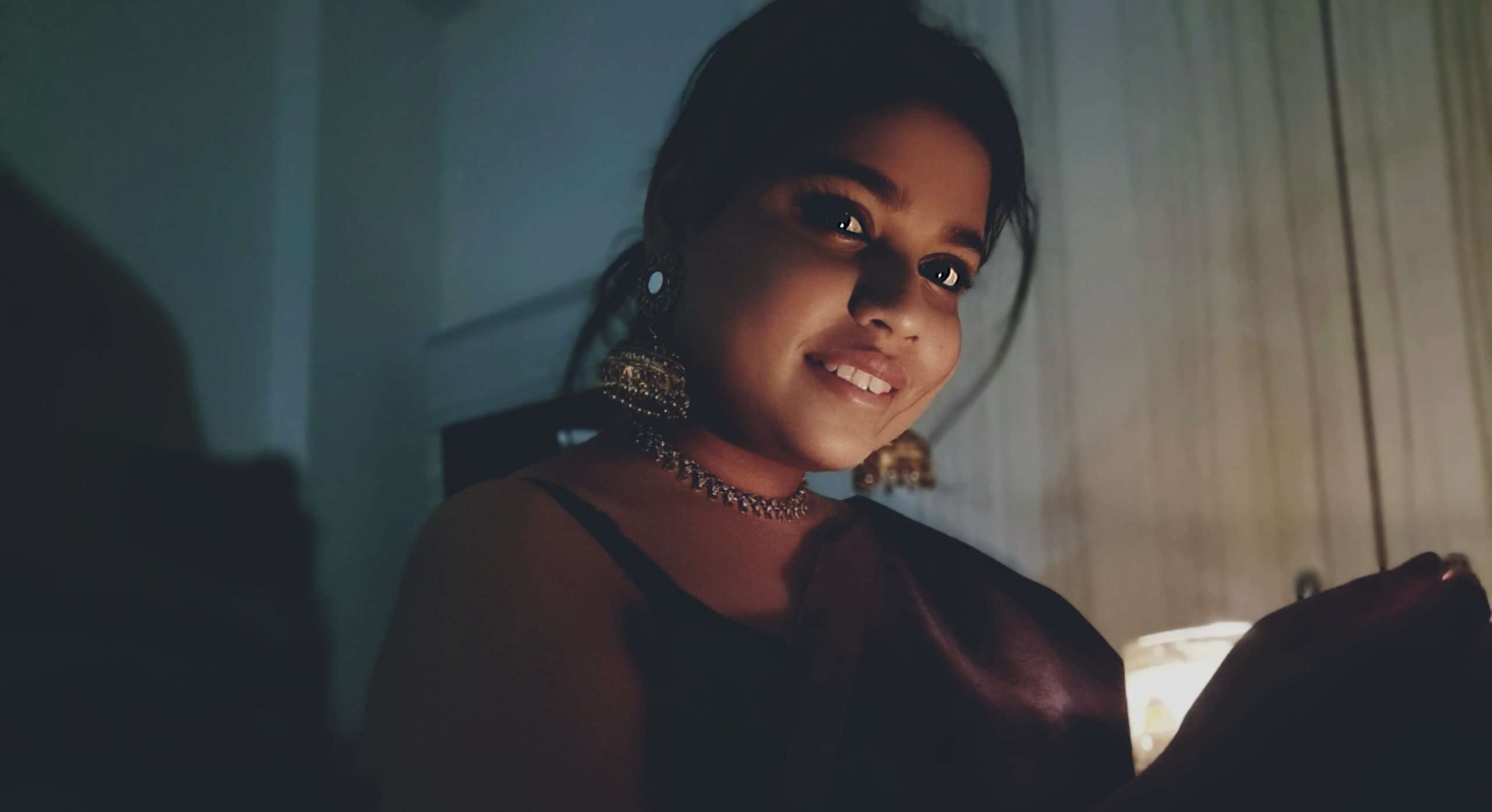
As a Travel Content Writer, I live to conquer the world of globetrotting with words. With my unquenchable thirst for storytelling, I believe that my words will inspire you to travel around the world’s breathtaking landscapes. As for me, I am an unapologetic selenophile, who loves to wander around in a starry night!











